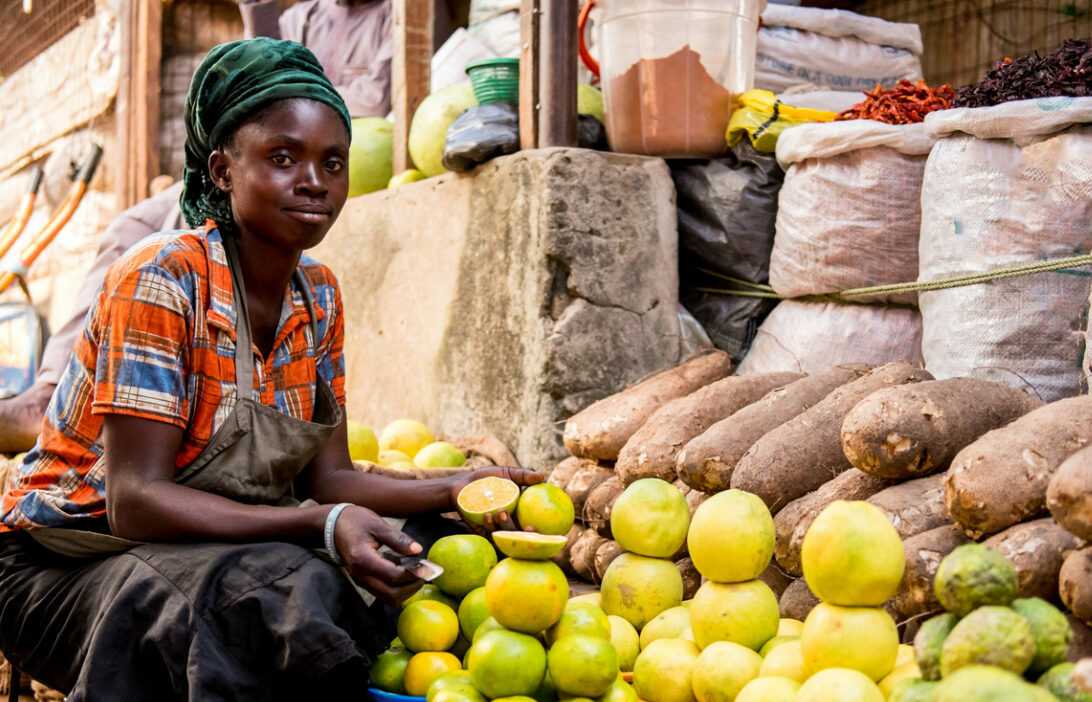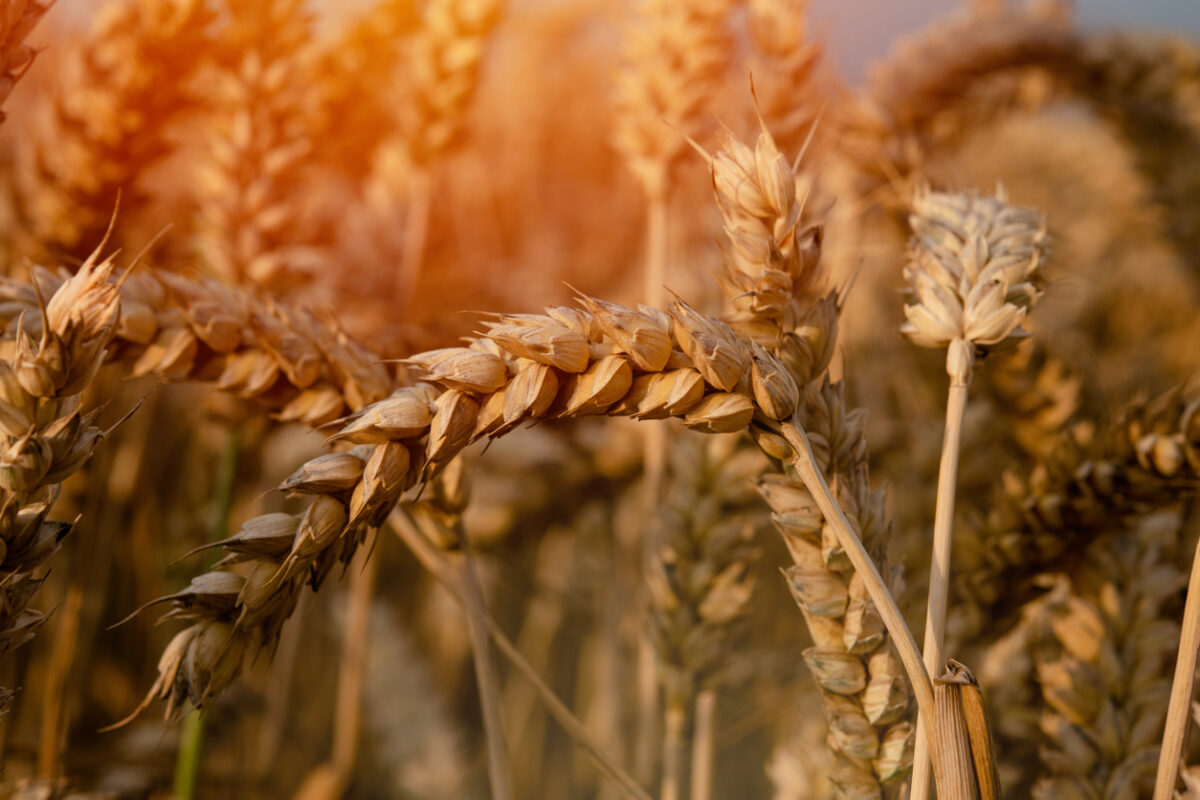Genetically modified rice could tackle food shortages caused by climate change, new research finds

Genetically modified rice’s higher tolerance to salt water could allow it to grow in areas where standard rice would not be able to, according to new research from the University of Sheffield.
Rice is one of the most important crops in the world, but with rising sea levels caused by climate change, countries such as Vietnam could soon be struggling to growing it due to saltwater interference. The study, carried out at the university’s Institute for Sustainable Food alongside the High Agricultural Technology Research Institute (HATRI) in Vietnam, shows that reducing the number of stomata in rice through genetic engineering can make it more resistant to salt.
Stomata are small openings which most plants use to regulate carbon dioxide uptake for photosynthesis and release water vapour. An earlier report from scientists at Sheffield revealed that reducing the number and size of stomata in rice plants allows them to use up to 40% less water, which would help them grow in drier, drought-like conditions.
The researchers analysed 72 different varieties of rice to carry out the study – both natural and genetically modified.
These results and the more recent findings reveal that rice can be adapted to thrive in conditions which are becoming harsher due to climate change. The researchers hope that the genetic modification of rice could help to address global food security problems in the future.
The outcomes from both studies were published in a single paper in the journal New Phytologist.
Dr Robert Caine, Lead Author of the study from the University of Sheffield’s School of Biosciences, said: “Rice is a hugely important food crop eaten by over half the world’s population on a daily basis. Ensuring that it can survive in harsher conditions caused by climate change will be integral to feeding a growing population that is projected to reach 10 billion in 60 years’ time.”
For the rice to grow successfully in a wider range of countries and environments, different modifications will have to be made to it, the researchers say. For instance, rice with fewer large stomata could be better suited to growing in intense heat.
Dr Caine explained: “Our findings reveal how rice can be modified to grow as effectively as possible in different climates – varieties of rice that have less stomata can survive with less water and in places with salt water. Meanwhile, natural rice varieties with fewer, bigger stomata are able to thrive in hotter temperatures.”
The next steps in the investigation will now focus on whether genetic modification technology can be used to develop dwarf rice varieties, which have higher crop yields and are more resistant to heat than more common rice types.









